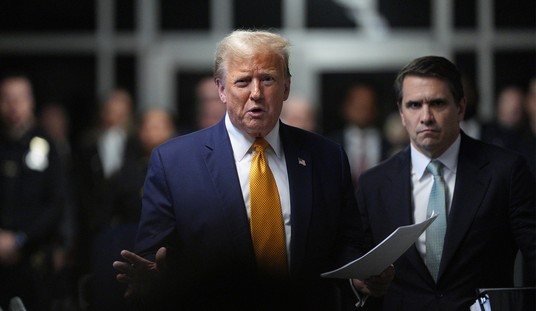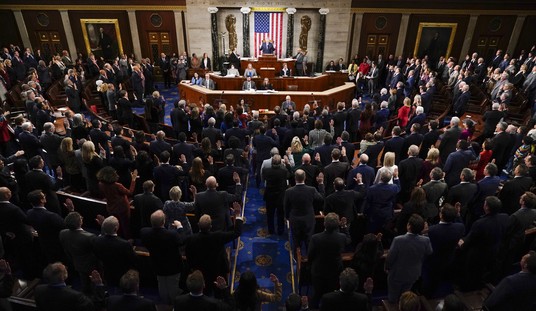The administration announced yesterday its new formula that will take into account a wider range of factors in determining those who are "poor." It's expected this new measure will show Americans are more impoverished than we thought. Vanessa Wight, a demographer at the National Center for Children in Poverty told the Christian Science Monitor, "We're going to see a more accurate measure, based on what it really takes to get by in America."
Ha. I doubt that. Instead of calculating a family's income and cost of food--like the current formula does--the new Obama poverty standard take into consideration things like health care, childcare, housing, utilities and "a new category for other expenses that provides a little extra padding," Wight says.
As we've previously seen, Americans "living in poverty" aren't exactly impoverished. The "poor" living in America are still wealthier than people all around the world. Real hardship does exist, but according to Robert Rector, "it is limited in scope and severity."
- Nearly 40 percent of all poor households actu?ally own their own homes. On average, this is a three-bedroom house with one-and-a-half baths, a garage, and a porch or patio.
- Eighty-four percent of poor households have air conditioning. By contrast, in 1970, only 36 percent of the entire U.S. population enjoyed air conditioning.
- Nearly two-thirds of the poor have cable or satellite TV.
- Only 6 percent of poor households are over?crowded; two-thirds have more than two rooms per person.
- The typical poor American has as much or more living space than the average individual living in most European countries. (These comparisons are to the average citizens in foreign countries, not to those classified as poor.)
- Nearly three-quarters of poor households own a car; 31 percent own two or more cars.
- Ninety-eight percent of poor households have a color television; two-thirds own two or more color televisions.
- Eighty-two percent own microwave ovens; 67 percent have a DVD player; 73 percent have a VCR; 47 percent have a computer.
Recommended
Still, the Obama administration feels our current measures of poverty aren't enough. The old poverty threshold is based on what an emergency food diet looked like--it was about basic survival.
Predictably, Obama's proposed new standard measure of poverty is going increase the percentage of people classified as "poor." The AP reports that the poverty rates will increase from about 13% to 15.8%--the equivalent of 47.4 million Americans.
The new rate will not completely replace the old measure, but will be used to calculate an "alternative poverty rate" and will not be used to determine eligibility for government programs.
My guess is that it's only a matter of time before this "alternative" calculation becomes the norm for calculating government handouts. As Wight says, “This is just a first step... The new poverty measure will not affect how eligibility for funds are determined. That’s the next step, the direction we need to be moving.”
























Join the conversation as a VIP Member